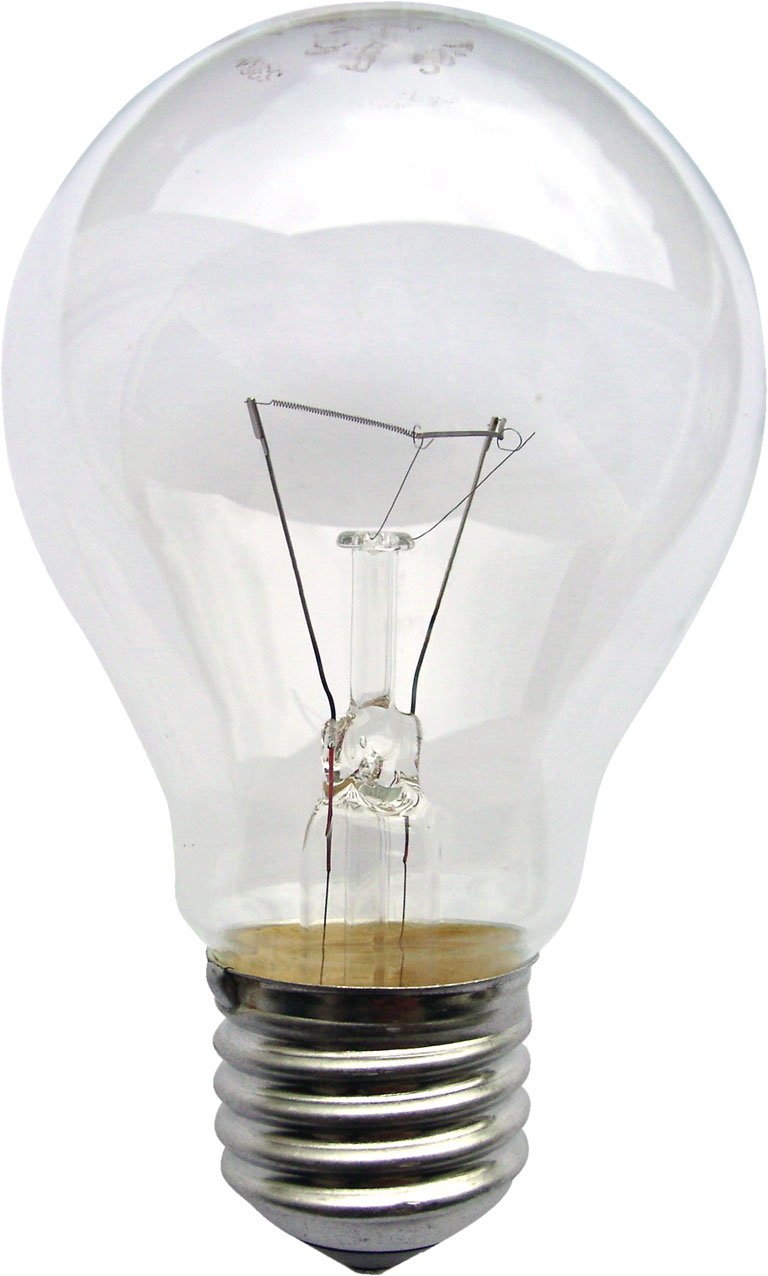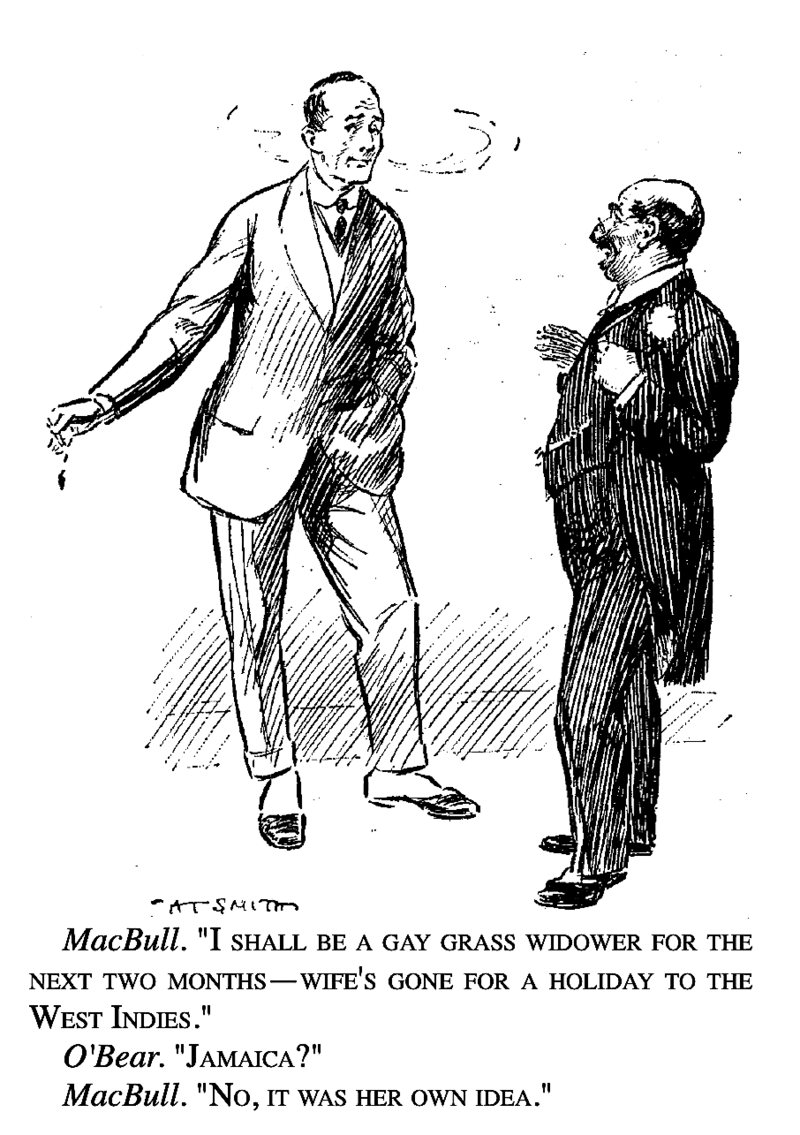Welcome to our guide on how to navigate the world of “no pun intended” and its usage in everyday language.
Understanding “No Pun Intended”

“No Pun Intended” is often used to clarify that a statement was not meant to be taken as a joke or pun. It is typically used when a serious point is being made, but there is a potential for misunderstanding. When someone uses this phrase, it is important to take their words at face value and not try to find hidden humor. Understanding the context of the conversation and the speaker’s intentions is key in responding appropriately.
Basics of Wordplay and Puns
When using wordplay and puns, it’s important to consider the context and audience to ensure your message is understood. **Puns** are a form of wordplay that relies on multiple meanings or similar-sounding words for humor. Be mindful of your audience’s sense of humor, as not everyone may appreciate puns. Using puns sparingly can keep them impactful and avoid coming across as trying too hard.
The Evolution of Puns Through History

| Time Period | Key Developments |
|---|---|
| Ancient Times | Early examples of wordplay and double meanings in ancient civilizations such as Egypt and Mesopotamia. |
| Medieval Era | Rise of puns in literature and plays, often used for comedic effect or to convey hidden messages. |
| Renaissance | Puns become more sophisticated and widely used in poetry, with writers such as Shakespeare incorporating puns into their works. |
| 18th and 19th Century | Puns continue to be popular in literature and everyday language, with newspapers and magazines featuring pun-filled headlines and advertisements. |
| Modern Times | Puns are embraced in popular culture, with pun competitions, pun-themed merchandise, and social media accounts dedicated to sharing puns. |

